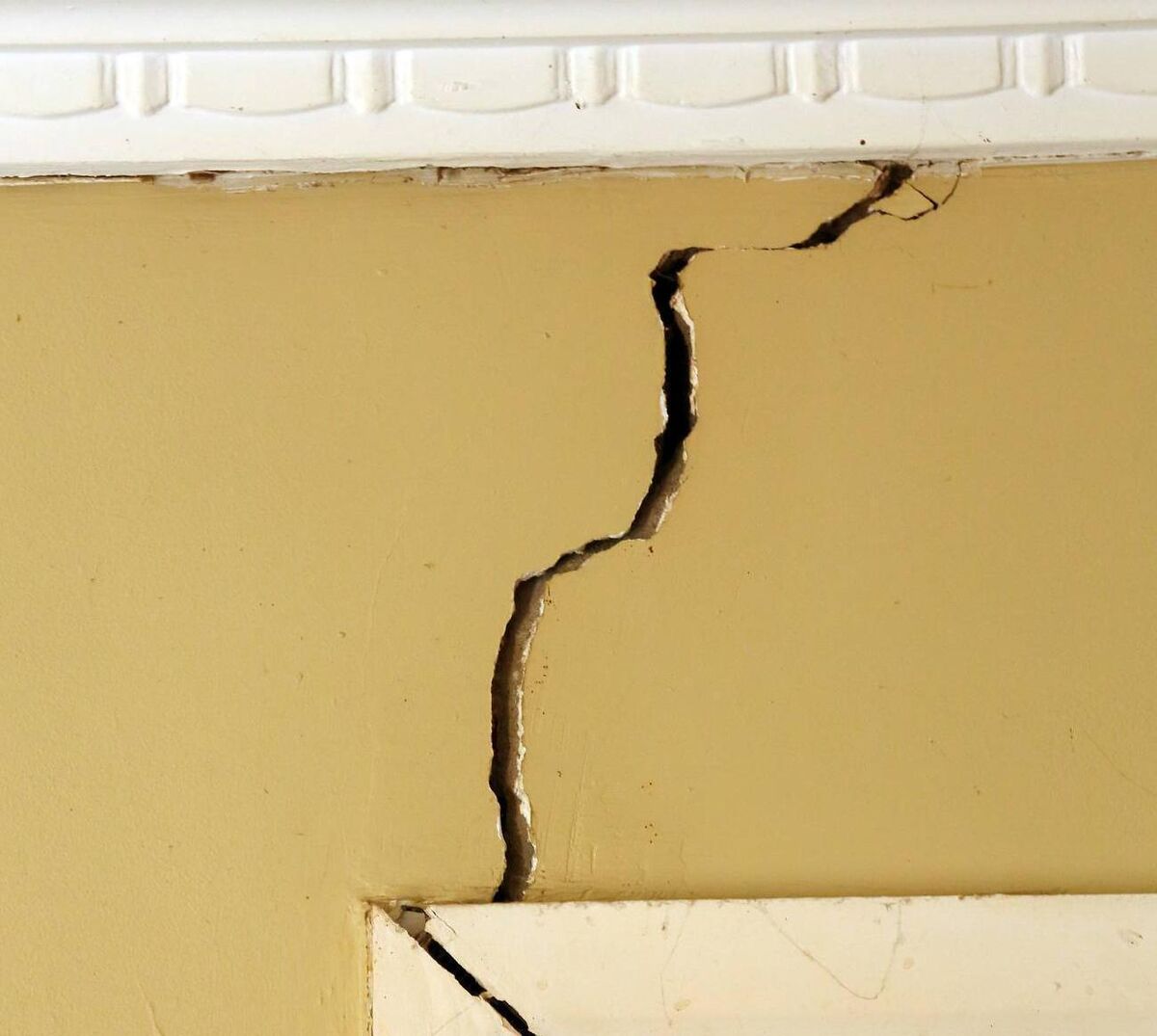Painting rooms in your home: How to prep for the perfect finish
Every product has a drying time, but the lighter and airier it is the quicker it will set. File picture

Every product has a drying time, but the lighter and airier it is the quicker it will set. Some are very light — with the texture of a mousse, setting up and ready to paint in about an hour. The appropriate grade of sandpaper will be recommended on the packaging. For nail holes, I like the wooden edge of a match-stick — perfect for poking a tiny spec of filler. Resist licking your fingers as you will get a taste of filler once you do it twice. Use a small sponge, well squeezed out, to lick the applied filler neatly into corners and more complex gaps.
- Got a question for Kya deLongchamps or any of our Home team? Email home@examiner.ie













